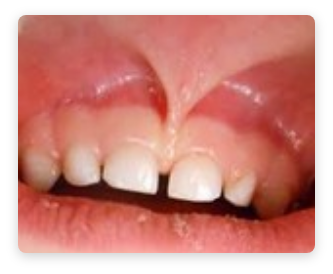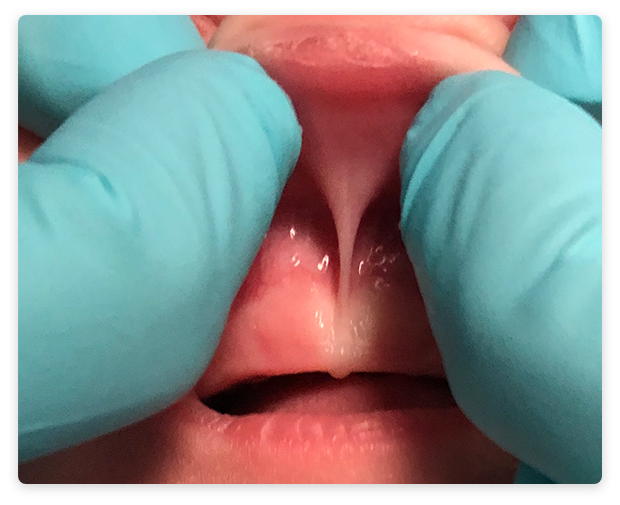lip and tongue tie in children – COPPELL, TX
Lip and Tongue Tie in Children
Your child’s ability to eat, speak, sleep, and nasal breathing can be affected by a restricted lingual frenum (tongue tie). This restricted frenum can limit the tongue’s range of motion and tongue strength. Clinical signs that you can assess at home that may be red flags that your child has a tongue tie include mouth breathing, poor sleep quality, snoring, bed wetting, picky eating, gagging, and dental crowding. Speech symptoms include delayed speech and distortion of sounds like l, r, s, stuttering, and baby talk. Feel free to click on the link below and fill out our Child Questionnaire below to bring with you to your appointment.
 TODDLER Upper Labial Frenum
TODDLER Upper Labial Frenum
 TODDLER Lower Lingual Frenum
TODDLER Lower Lingual Frenum
Fill out Our Child Assessment Sheet
How Does the Procedure Work?

When the lingual frenum or the frenum that connects the upper lip to the jaw is too restrictive or too large, we perform a frenectomy. We can assess your child’s need for a frenectomy and review the procedure with you. In babies, this may be performed the same day. In older children or teens, we may need to work with your child in stretching and strengthening the supporting muscles prior to the procedure.
In our dental office, we use a CO2 laser called the Light Scalpel, which is a state of the art laser. Some benefits of the Light Scalpel include:
- Little to no bleeding
- No downtime
- Easier latching and breastfeeding
- Less sensitive gag reflex












